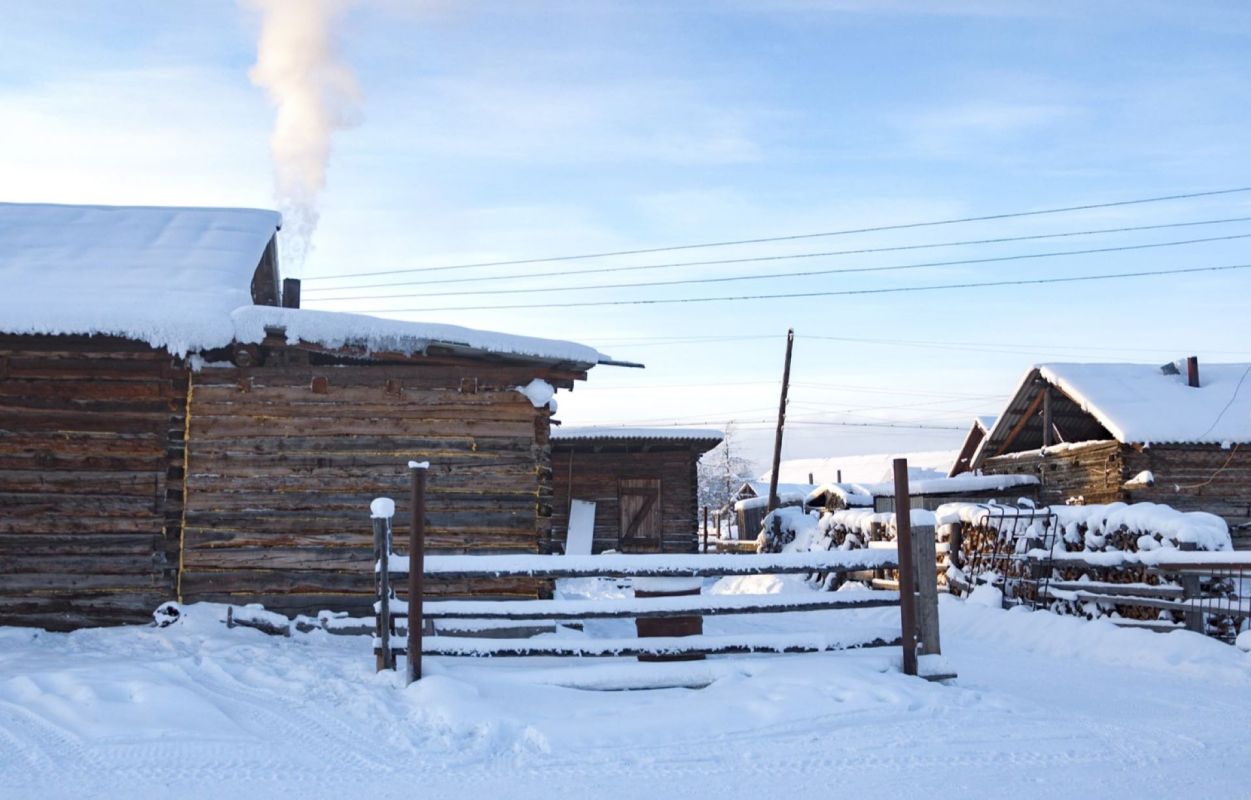A heat wave roasted the Russian village of Oymyakon, bringing record temperatures to "the world's coldest permanently inhabited settlement," the Russian news outlet RT reported in July.
Wildfires also torched the Siberian Yakutia region, also known as Sakha Republic, where Oymyakon is located.
What happened?
Based on local reports, the temperature in Oymyakon reached 89.6 degrees Fahrenheit on July 3, exceeding the record set in 1949 by 2.7 degrees.
Aisen Nikolaev, head of Sakha Republic, declared a state of emergency as wildfires intensified. The Oymyakon district was among the areas most affected, Nikolaev said on his (non-English) Telegram channel.
Oymyakon, which has a permanent population of about 500, is better known for thermometer-breakingly cold records. The village recorded a low of minus 89.9 degrees Fahrenheit in 1933, with an unverified record of minus 96.2 in 1926, per RT.
A concrete bull statue in town honors this record, Jeopardy! co-host Ken Jennings wrote for Conde Nast Traveler. Jennings also noted in Oymyakon that "your eyelashes and saliva will freeze into painful little needles on your face as you walk down the street."
Why is a hot time in this cold town concerning?
Oymyakon has been hot before, and a record positive or negative in one place doesn't prove or disprove any long-term climate trends. It's only when temperatures are averaged over larger areas and for greater lengths of time that scientists can observe broader climate change patterns.
However, the record high in Oymyakon is consistent with extreme heat and record high temperatures this year globally as well as with longer-term trends in global averages. This broader warming is largely caused by human activities — like burning oil, gas, and coal — that release heat-trapping gases into our atmosphere.
Jennings jokingly observed that Oymyakon residents might "relish the chance to thaw out their eyelashes for a few days every winter," but he also noted that extreme temperature shifts in cold regions "may become common on a warming planet."
RT reported concerns specific to the region: "Climate change poses a particularly acute threat to Yakutia, as much of its infrastructure is built on permafrost. Experts warn that thawing could lead to major social and economic ramifications in the region."
TCD Picks » Quince Spotlight

Also, melting permafrost can release methane, a potent heat-trapping gas that amplifies warming worldwide.
What can I do about high temperatures in cold places?
Many solutions for limiting the damages of warming cold regions (which also include melting ice sheets) are the same solutions people can use for keeping the world cool in general.
Governments and international organizations continue to take actions to reduce heat-trapping gases by investing in cleaner, cheaper energy sources to power our infrastructure.
Individuals can reduce the impacts we're responsible for through actions big and small, including switching to renewable sources of energy at home when possible.
Join our free newsletter for cool news and cool tips that make it easy to help yourself while helping the planet.













